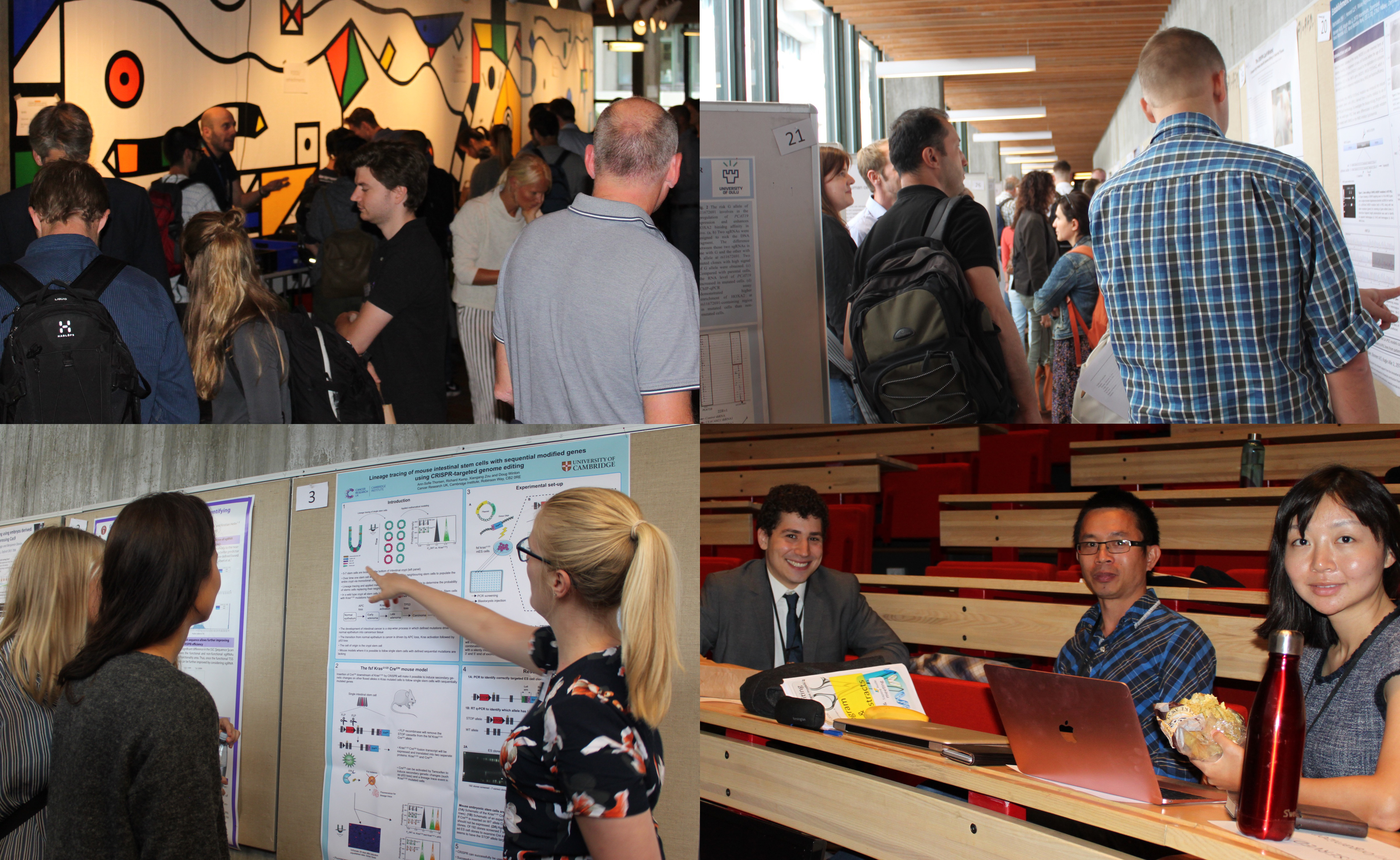|
- Home
- BioZoom
- BioZoom archives
- 2016
- 2016 Issue 4
- Learning to edit genes in a smart way
Learning to edit genes in a smart way |
Author: Tuula Kallunki, Chairperson of the Danish Society for Biochemistry and Molecular Biology, Adjunct Professor, Unit of Cell Death and Metabolism, Center for Autophagy, Recycling and Disease, Danish Cancer Society Research Center, tk@cancer.dk.
|
The CRISPR/Cas9 gene editing is a fast developing technology in biochemical research fields. The technology was the topic of the succesful 41th Annual Meeting in Danish Society for Biochemistry and Molecular Biology (DSBMB). DSBMB/ Biokemisk Forening organized a two day annual meeting entitled “CRISPR genome editing: From high-throughput screening to disease models” together with Yonglun Luo, Associate Professor at Aarhus University, Department of Biomedicine. The meeting was held 22-23 September, 2016in the Lundsgaard Auditorium at the Panum Building at the premises of the Faculty of Health and Medical Sciences, Copenhagen University. The top-notch scientific meeting on the efficient and rapid CRISPR gene editing technology gave what it promised: delivered latest information about this powerful method to edit any gene or genome in a basic laboratory setting.  Figure 1: Highlights from the DSBMB annual meeting about CRISPR. Top left: Networking and interactions with exhibitors. Top right and bottom left: Scientific discussions during the poster sessions. Bottom right: Speakers Jonathan Gootenberg, Yonglun Luo, and Luhan Yang. Figure 1: Highlights from the DSBMB annual meeting about CRISPR. Top left: Networking and interactions with exhibitors. Top right and bottom left: Scientific discussions during the poster sessions. Bottom right: Speakers Jonathan Gootenberg, Yonglun Luo, and Luhan Yang.An extensive and comprehensive program The meeting that was opened by the Dean of Health and Medical Sciences, Professor Ulla Wewer, bought in eleven international and five national speakers together with almost four hundred registered participants. The program covered the latest development in the field as well as some of the most exciting applications with a focus on its possibilities in establishing model systems to study diseases that currently have no cure. The program included talks from technology development to CRISPR genome editing in high throughput screening-based approaches, in demanding cellular studies and in vivo experiments. The complete program can be seen on http://www.biokemi.org/meetings/118. In addition to talks, the meeting included a poster session of 30 high quality presentations as well as exhibition stands from nine companies providing reagents for CRISPR-based studies. CRISPR opens doors in many research fields The clear message of the meeting was that that today’s winners of the CRISPR technology are the “ordinary” scientists and research groups in universities and research institutes. CRISPR gene editing technology makes it easier, faster and cheaper than ever before to permanently modify genes in tissue culture setting. Thus far complex patent issues are slowing down its usability beyond basic science, but the genetic revolution it has started is surely going to escalate bringing promises for cure for many incurable diseases. Looking forward and using our experiences For us as a science society this meeting was also an experiment to find out, if organizing big scientific events would still be the best way for the DSBMB board to serve our members. Would this be a good way to utilize our expertise, would there be need for it and if so, how to finance such events in the future? While we as a society will continue planning our future activities, one thing is sure: CRISPR technology as a meeting topic turned out to be a very successful and useful choice. Surely, we all learned a lot of modern gene editing and the CRISPR technology and many of us returned to our laboratories inspired to utilize what we learned. |
Looking for something? Search the website here: |
